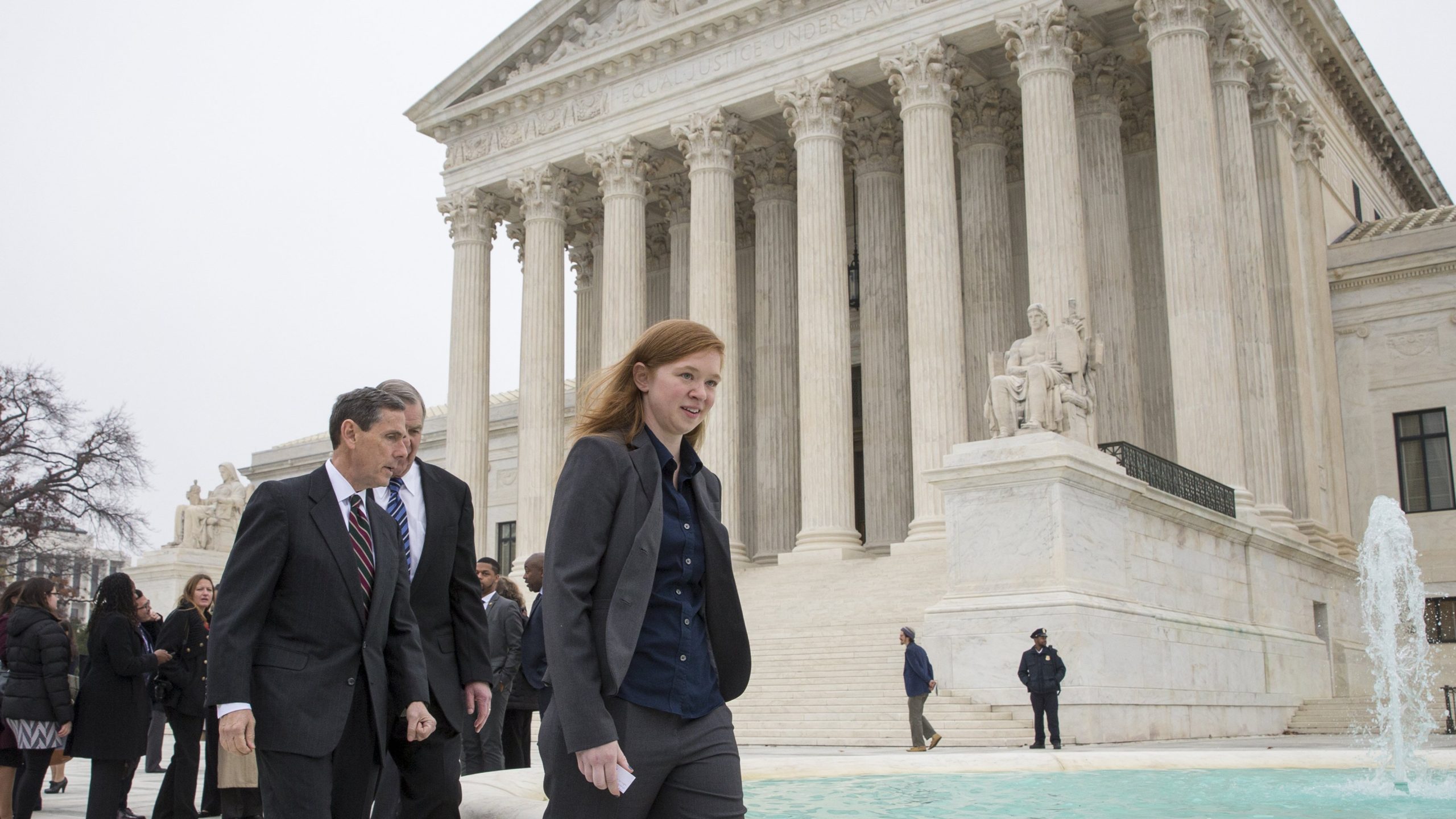Access to restrooms is a significant basic condition of employment. For employers with transgender employees, the question often becomes which restroom should the employee use. As discussed in more detail below, Title VII and the Fair Employment and Housing Act (“FEHA”) provide protections for transgender employees in the workplace, and employers are required to grant unrestricted restroom access and use according to an employee’s full-time gender presentation.
Last year, the Equal Employment Opportunity Commission (EEOC) ruled that denial of an employee’s access to restroom facilities of a certain gender presents a sex discrimination claim under Title VII. Lusardi v. U.S. Department of the Army, EEOC Appeal No. 120133395 (April 1, 2015).
Discrimination on the basis of an employee’s sex includes not only discrimination based on an employee’s biological sex, but also includes an employee’s gender. The Courts have held that the term “sex” encompasses both sex, meaning the biological differences between men and women, and gender, meaning a person’s gender-related appearance and behavior regardless of assigned sex at birth.
In Lusardi, the complainant employee was a transgender woman and together with her employer had implemented a plan for her transition whereby she would use a single user restroom until she underwent an undefined surgery. On three occasions, the employee was unable to access the single-user restroom and used the common female restroom. On these occasions, the employer told her that she was making other employees uncomfortable and that she had to use the single-user restroom until she could show proof of having the surgery.
In finding for the employee, the EEOC found that equal access to restrooms is a significant, basic condition of employment. The EEOC stated, “where, as here, a transgender female has notified her employer that she has begun living and working full-time as a woman, the [employer] must allow her access to the women’s restrooms.” (Id. at p. 9.)
Further, access to facilities, or other terms, conditions or privileges of employment, cannot be conditioned on the completion of medical steps unilaterally determined by the employer to prove an employee’s gender identity. By restricting the employee’s access to the women’s restrooms, the employer violated Title VII. (Id. at p. 13.)
Going Forward
All employers must take steps to ensure they are providing all employees unrestricted access and use of restroom facilities.
In implementing this policy, it may be that other employees express confusion or anxiety related to a transgender employee’s access to common restrooms. However, this does not justify discriminatory terms and conditions of employment and the employer cannot prohibit a transgender employee’s use of common restroom facilities on this basis. (Id. at p. 11.)
To address this situation, an employer has a few options, including publicizing and promoting a policy of non-harassment and non-discrimination on all bases, including sex and gender. An employer can also provide all employees with access to single user or unisex restrooms (where available) to be used at each employee’s discretion, or take steps to increase the privacy of any common restrooms such as providing for floor length stall doors or privacy dividers between urinals.
Further, employers may work with transgender employees to develop plans for individual workplace transitions. These plans, however, cannot be used as a means for restricting a transitioning employee. (See id., at p. 10.) Instead, the plans should be a method for the employer and employee to work together to enable the employee to complete his or her transition in an open and welcoming way in the workplace.






